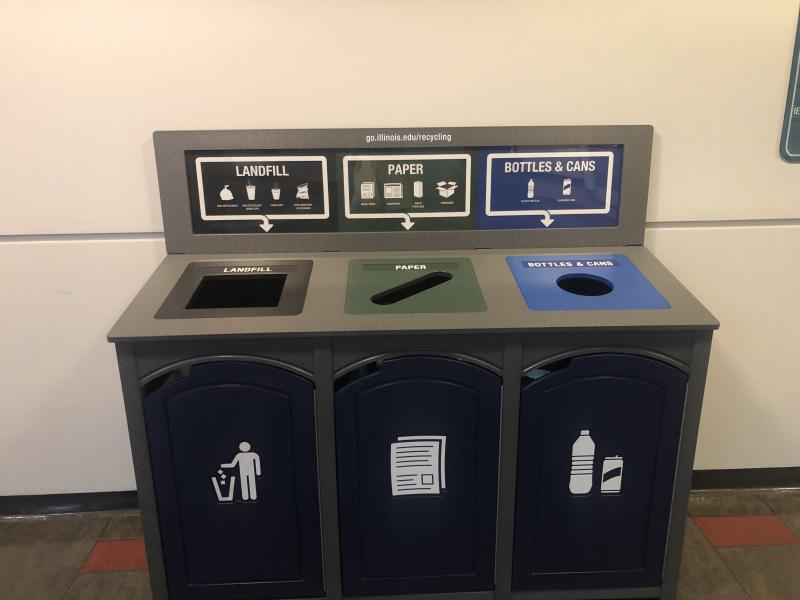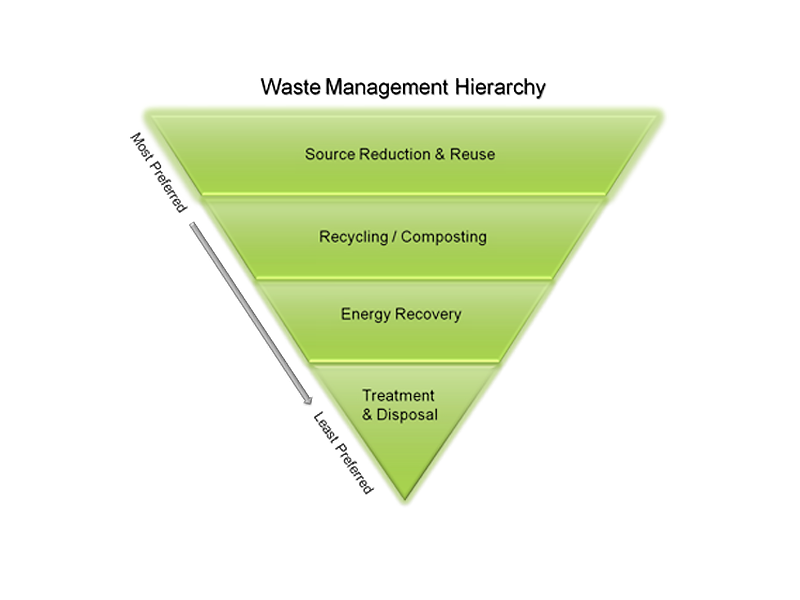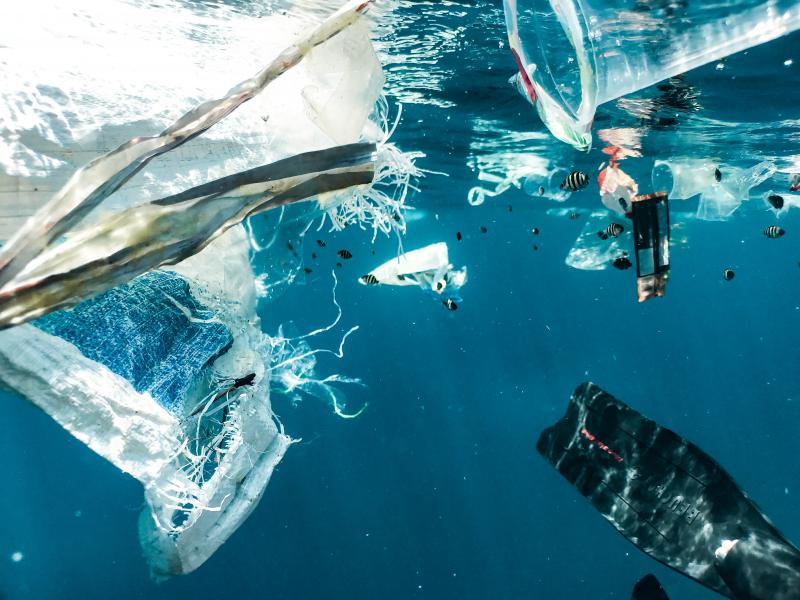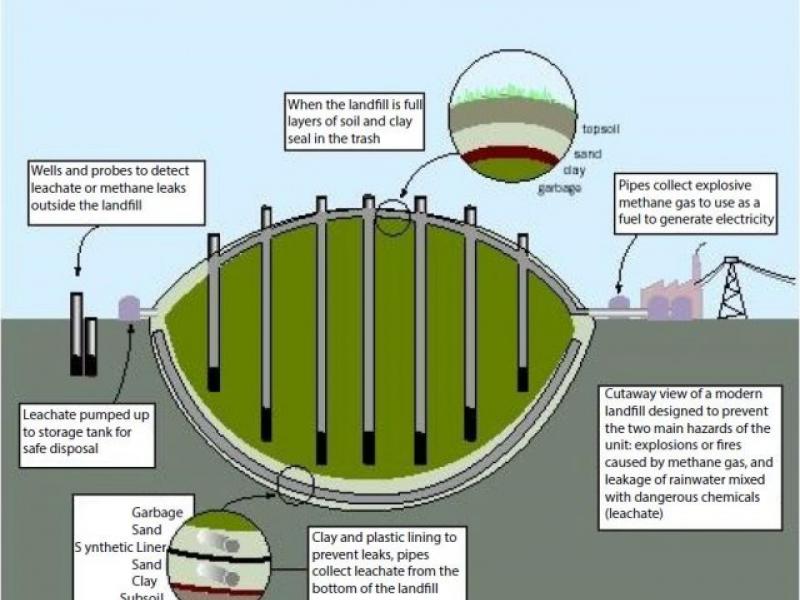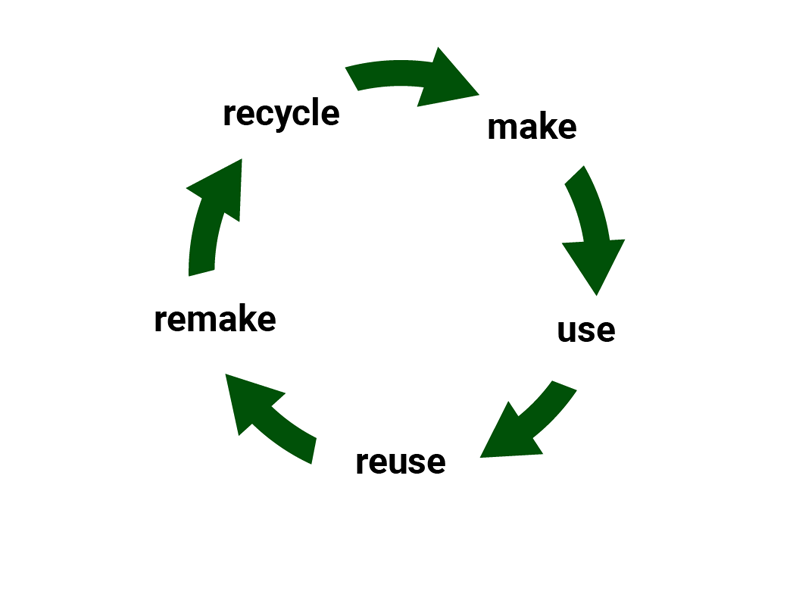About This Unit
In this unit, students investigate an everyday phenomenon: what to do with trash. Students consider their daily trash disposal decisions and what happens to disposed items. Students begin a trash journal and record their trash decisions for several days. The class develops a Driving Question Board (DQB), that helps generate ideas for investigations. Their questions drive the flow of the unit. Students plan and carry out their own investigations to answer these questions. This includes investigating waste management problems and solutions, considering when and how to recycle, and investigating alternatives to waste. The unit culminates in a student developed action plan and a plan for a waste management community information event.
What are the choices?
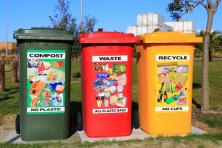
Reuse
Recycle
Compost
Landfill
What is a waste management hierarchy?
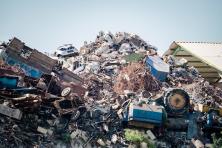
A waste management hierarchy prioritizes preventing waste and minimizing disposal.
What is source reduction?
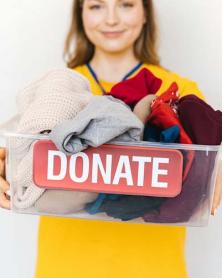
Reducing new purchases
Repairing
Donating
Reusing
Using less
Reducing packaging
Reducing food waste
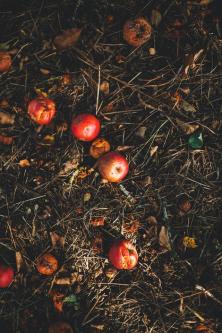
Composting food and yard waste is a good way to recycle organic matter, reduce landfill space, and improve soil.
Are there successful recycling programs?
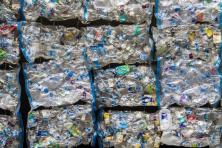
Aluminum can be recycled indefinitely.
Recycling plastic is more complicated.
What happens during the recycling process?
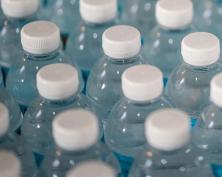
What are benefits of plastic?
Which plastic items are biggest problems?
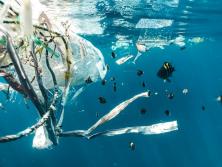
Plastic is very durable and resource efficient, but single-use plastics cause unnecessary waste.
What are alternatives to traditional plastic?
What do we need to know about recycling plastic?
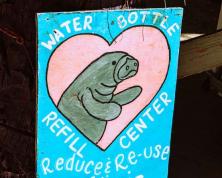
Re-usable water bottles, paper packaging, and biodegradable plastics are examples of good alternatives.
What can be recycled but not in the bin?
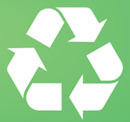
Which trash items are hazardous?
How can these be disposed of safely?

Community collection programs provide safe disposal of hazardous items.
What happens to trash in a landfill?
Can a landfill get full?
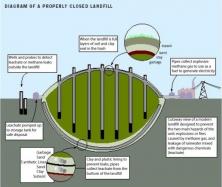
Landfill gas can be used as an energy source.
Landfills are designed to reduce groundwater contamination and harm to surrounding areas.
What are other solutions?
What can my community
do? What can I do?
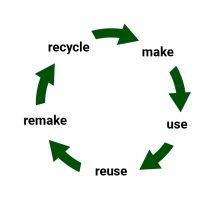
Teacher Guide
This document details the flow of lessons from the teacher perspective, including lab set-up and safety instructions, suggestions for discussion prompts, and examples of student work to assist in planning. Individual lessons from the Pathway document are included for reference, followed by detailed learning plans.
Student Activity Sheets
Lessons in the Teacher Guide reference specific activity sheets; you can find links to these sheets below.
- Anchoring Activity: Used in Lesson 1 to help students organize their observations and questions about what we do with trash at school and at home.
- Waste Data Collection Activity: Used in Lesson 2 to help students design an investigation with waste jars to observe how different types of waste may decompose or degrade over time.
- Investigating Packaging Activity: Used in Lesson 4 to examine how much of our waste is product packaging and how to reduce waste at the source.
- Compost Activity: Used in Lesson 5 to think critically about which of their waste jars model composting and consider the benefits of keeping organic waste out of landfills.
- Recycling Paper Activity: Used in Lesson 6 to explore the how to recycle scrap paper into new paper and to consider the benefits and challenges of recycling.
